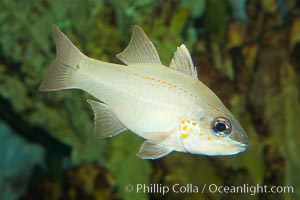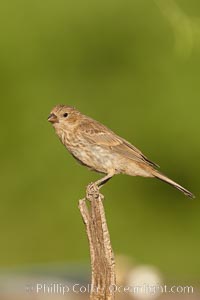
House finch, female.
Species: House finch, Carpodacus mexicanus
Location: Amado, Arizona
Image ID: 23038
Species: House finch, Carpodacus mexicanus
Location: Amado, Arizona
Image ID: 23038
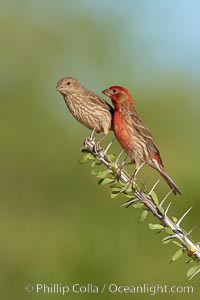
House finch, male.
Species: House finch, Carpodacus mexicanus
Location: Amado, Arizona
Image ID: 23040
Species: House finch, Carpodacus mexicanus
Location: Amado, Arizona
Image ID: 23040
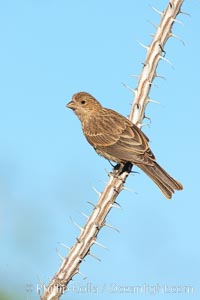
House finch, female.
Species: House finch, Carpodacus mexicanus
Location: Amado, Arizona
Image ID: 23057
Species: House finch, Carpodacus mexicanus
Location: Amado, Arizona
Image ID: 23057
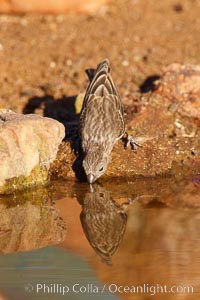
House finch, female.
Species: House finch, Carpodacus mexicanus
Location: Amado, Arizona
Image ID: 23058
Species: House finch, Carpodacus mexicanus
Location: Amado, Arizona
Image ID: 23058
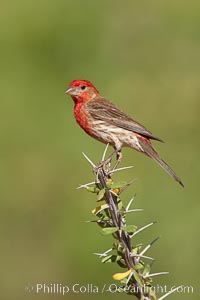
House finch, male.
Species: House finch, Carpodacus mexicanus
Location: Amado, Arizona
Image ID: 23061
Species: House finch, Carpodacus mexicanus
Location: Amado, Arizona
Image ID: 23061
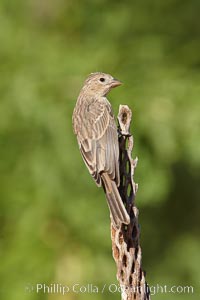
House finch, female.
Species: House finch, Carpodacus mexicanus
Location: Amado, Arizona
Image ID: 23062
Species: House finch, Carpodacus mexicanus
Location: Amado, Arizona
Image ID: 23062
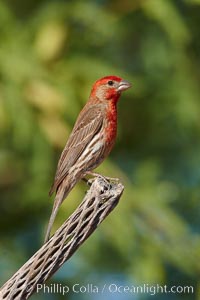
House finch, male.
Species: House finch, Carpodacus mexicanus
Location: Amado, Arizona
Image ID: 23065
Species: House finch, Carpodacus mexicanus
Location: Amado, Arizona
Image ID: 23065
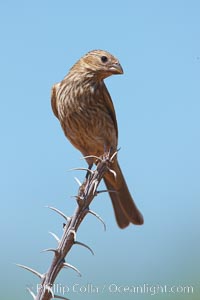
House finch, female.
Species: House finch, Carpodacus mexicanus
Location: Amado, Arizona
Image ID: 23066
Species: House finch, Carpodacus mexicanus
Location: Amado, Arizona
Image ID: 23066
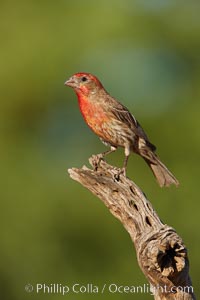
House finch, male.
Species: House finch, Carpodacus mexicanus
Location: Amado, Arizona
Image ID: 23068
Species: House finch, Carpodacus mexicanus
Location: Amado, Arizona
Image ID: 23068
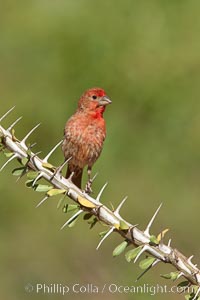
House finch, male.
Species: House finch, Carpodacus mexicanus
Location: Amado, Arizona
Image ID: 23085
Species: House finch, Carpodacus mexicanus
Location: Amado, Arizona
Image ID: 23085
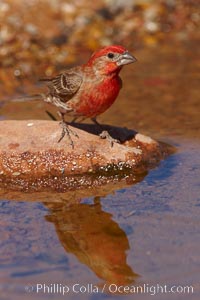
House finch, male.
Species: House finch, Carpodacus mexicanus
Location: Amado, Arizona
Image ID: 23086
Species: House finch, Carpodacus mexicanus
Location: Amado, Arizona
Image ID: 23086
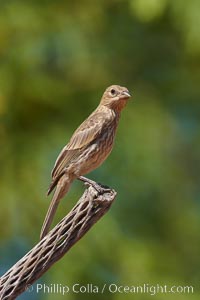
House finch, female.
Species: House finch, Carpodacus mexicanus
Location: Amado, Arizona
Image ID: 23087
Species: House finch, Carpodacus mexicanus
Location: Amado, Arizona
Image ID: 23087
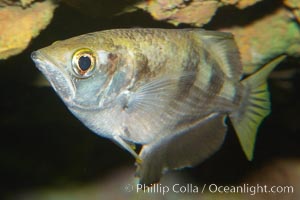
Banded archerfish. The banded archerfish is known for its ability to shoot down resting insects by spitting a jet of water. Large archerfishes can hit a target 2-3m away. Archerfishes have adaptations to the mouth which enable spitting. When a banded archerfish shoots a jet of water, it raises its tongue against the roof of the mouth forming a tube. The gill covers quickly close forcing water along the tube. This species mostly lives in mangrove and estuarine habitats throughout much of the Indo-Pacific.
Species: Banded archerfish, Toxotes jaculatrix
Image ID: 12902
Species: Banded archerfish, Toxotes jaculatrix
Image ID: 12902
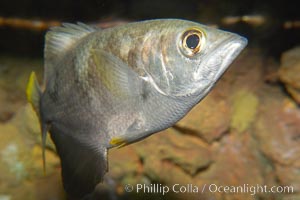
Banded archerfish. The banded archerfish is known for its ability to shoot down resting insects by spitting a jet of water. Large archerfishes can hit a target 2-3m away. Archerfishes have adaptations to the mouth which enable spitting. When a banded archerfish shoots a jet of water, it raises its tongue against the roof of the mouth forming a tube. The gill covers quickly close forcing water along the tube. This species mostly lives in mangrove and estuarine habitats throughout much of the Indo-Pacific.
Species: Banded archerfish, Toxotes jaculatrix
Image ID: 12903
Species: Banded archerfish, Toxotes jaculatrix
Image ID: 12903
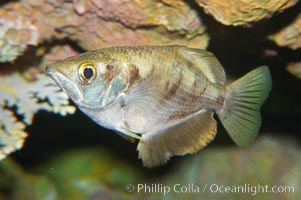
Banded archerfish. The banded archerfish is known for its ability to shoot down resting insects by spitting a jet of water. Large archerfishes can hit a target 2-3m away. Archerfishes have adaptations to the mouth which enable spitting. When a banded archerfish shoots a jet of water, it raises its tongue against the roof of the mouth forming a tube. The gill covers quickly close forcing water along the tube. This species mostly lives in mangrove and estuarine habitats throughout much of the Indo-Pacific.
Species: Banded archerfish, Toxotes jaculatrix
Image ID: 12904
Species: Banded archerfish, Toxotes jaculatrix
Image ID: 12904
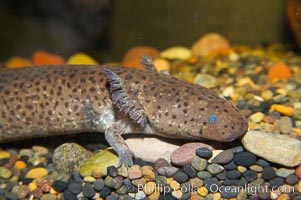
Lesser siren, a large amphibian with external gills, can also obtain oxygen by gulping air into its lungs, an adaptation that allows it to survive periods of drought. It is native to the southeastern United States.
Species: Lesser siren, Siren intermedia
Image ID: 13980
Species: Lesser siren, Siren intermedia
Image ID: 13980
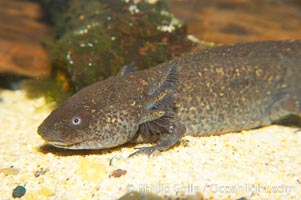
Lesser siren, a large amphibian with external gills, can also obtain oxygen by gulping air into its lungs, an adaptation that allows it to survive periods of drought. It is native to the southeastern United States.
Species: Lesser siren, Siren intermedia
Image ID: 13981
Species: Lesser siren, Siren intermedia
Image ID: 13981
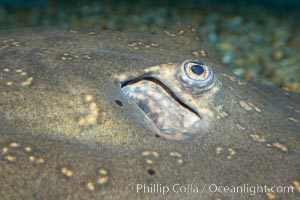
Freshwater stingray, eyes and gill opening.
Species: Freshwater stingray, Potomotrygon motoro
Image ID: 14696
Species: Freshwater stingray, Potomotrygon motoro
Image ID: 14696
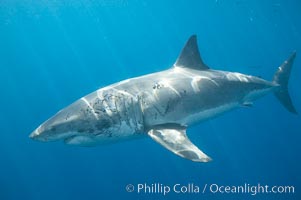
A great white shark shows scarring on the left side of its body, almost certainly the result of bites from another white shark. Certain formidable prey, such as huge elephant seals who have claws and large jaws, can also inflict injuries on the shark during the course of an attack. Such injuries, especially to the eyes or gills, could be fatal to the shark. In this case the shark has survived its injuries and the resulting scars are helping researchers identify this shark.
Species: Great white shark, Carcharodon carcharias
Location: Guadalupe Island (Isla Guadalupe), Baja California, Mexico
Image ID: 19482
Species: Great white shark, Carcharodon carcharias
Location: Guadalupe Island (Isla Guadalupe), Baja California, Mexico
Image ID: 19482
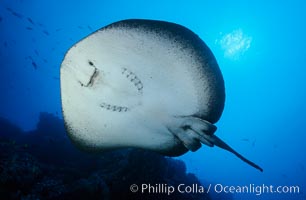
Marbled ray viewed from below in blue water, Cocos Island.
Species: Marbled stingray, Taeniura meyeni
Location: Cocos Island, Costa Rica
Image ID: 01992
Species: Marbled stingray, Taeniura meyeni
Location: Cocos Island, Costa Rica
Image ID: 01992
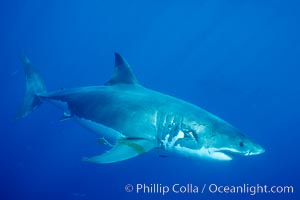
Great white shark, large bite wound across gills, likely from another white shark.
Species: Great white shark, Carcharodon carcharias
Location: Guadalupe Island (Isla Guadalupe), Baja California, Mexico
Image ID: 03538
Species: Great white shark, Carcharodon carcharias
Location: Guadalupe Island (Isla Guadalupe), Baja California, Mexico
Image ID: 03538
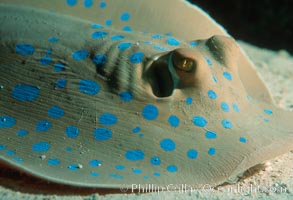
Blue spotted stingray.
Species: Blue-spotted stingray, Taeniura lymma
Location: Egyptian Red Sea
Image ID: 00309
Species: Blue-spotted stingray, Taeniura lymma
Location: Egyptian Red Sea
Image ID: 00309
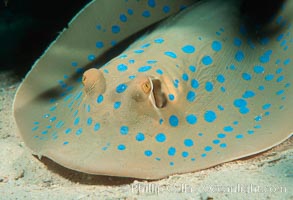
Blue spotted stingray.
Species: Blue-spotted stingray, Taeniura lymma
Location: Egyptian Red Sea
Image ID: 00379
Species: Blue-spotted stingray, Taeniura lymma
Location: Egyptian Red Sea
Image ID: 00379
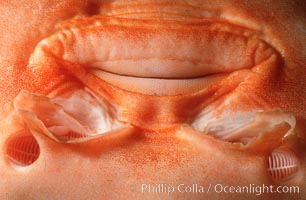
Thornback ray mouth.
Species: Thornback ray, Platyrhinoidis triseriata
Location: La Jolla, California
Image ID: 01083
Species: Thornback ray, Platyrhinoidis triseriata
Location: La Jolla, California
Image ID: 01083
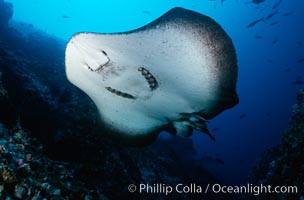
Marbled ray.
Species: Marbled stingray, Taeniura meyeni
Location: Cocos Island, Costa Rica
Image ID: 01993
Species: Marbled stingray, Taeniura meyeni
Location: Cocos Island, Costa Rica
Image ID: 01993
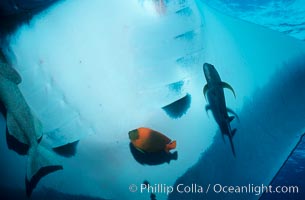
Manta ray cleaned by Clarion angelfish.
Species: Giant manta ray, Holacanthus clarionensis, Manta birostris
Location: San Benedicto Island (Islas Revillagigedos), Baja California, Mexico
Image ID: 02455
Species: Giant manta ray, Holacanthus clarionensis, Manta birostris
Location: San Benedicto Island (Islas Revillagigedos), Baja California, Mexico
Image ID: 02455
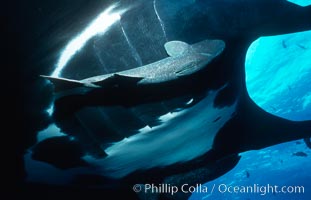
Pacific manta ray with remora.
Species: Giant manta ray, Manta birostris, Remora
Location: San Benedicto Island (Islas Revillagigedos), Baja California, Mexico
Image ID: 06246
Species: Giant manta ray, Manta birostris, Remora
Location: San Benedicto Island (Islas Revillagigedos), Baja California, Mexico
Image ID: 06246
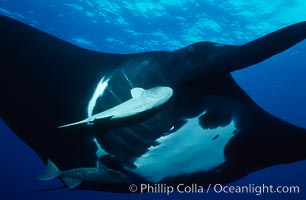
Pacific manta ray with remora.
Species: Giant manta ray, Manta birostris, Remora
Location: San Benedicto Island (Islas Revillagigedos), Baja California, Mexico
Image ID: 06247
Species: Giant manta ray, Manta birostris, Remora
Location: San Benedicto Island (Islas Revillagigedos), Baja California, Mexico
Image ID: 06247
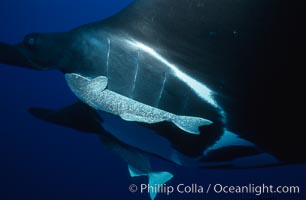
Pacific manta ray with remora.
Species: Giant manta ray, Manta birostris, Remora
Location: San Benedicto Island (Islas Revillagigedos), Baja California, Mexico
Image ID: 06249
Species: Giant manta ray, Manta birostris, Remora
Location: San Benedicto Island (Islas Revillagigedos), Baja California, Mexico
Image ID: 06249
